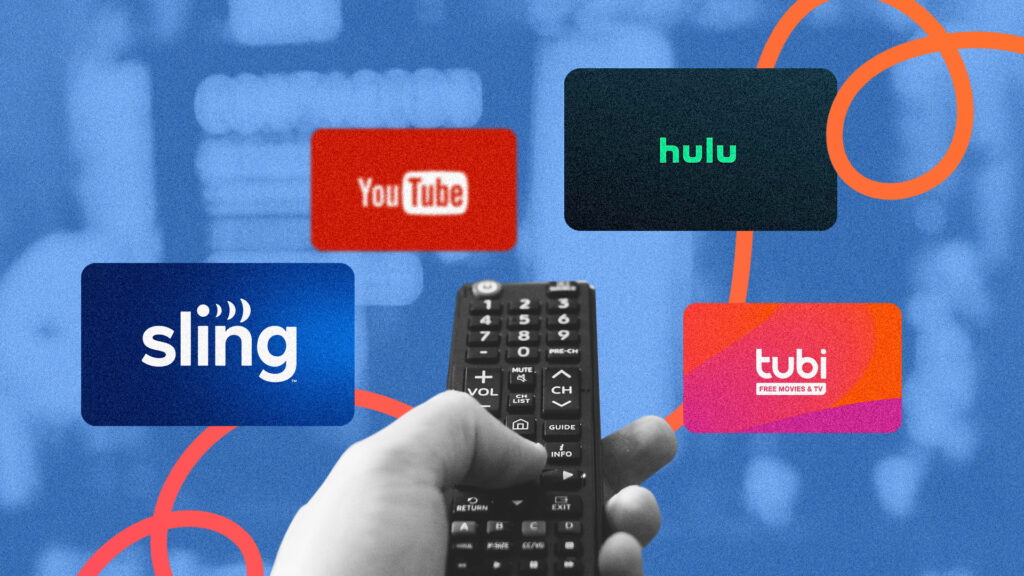Content owners considering the best way to maximize the earning potential of their library have a dizzying array of options — and acronyms — to choose from. Understanding the differences between AVOD, SVOD, TVOD, and FAST is critical to your monetization strategy.
In this article we’ll take a deep-dive into Advertising-Based Video on Demand (AVOD). We’ll cover the meaning of the related terms, and the blurred lines that exist between many of these video on demand options.
What is Video on Demand (VOD)?
Video on Demand (VOD) is on-demand content a viewer can choose to watch via an internet-connected device, such as their phone, tablet, computer, or Connected TV (CTV).
What separates the three primary types of video on demand services — Advertising-based Video on Demand (AVOD), Subscription-based Video on Demand (SVOD), and Transactional Video on Demand (TVOD) — is how advertising is incorporated.
AVOD: Advertising-based Video on Demand incorporates ads much like FAST programming, utilizing pre-roll, mid-roll, and post-roll ad insertion point. Unlike FAST channels, however, viewers can choose what content they want to watch, when they want to watch it.
SVOD: Subscription-based Video on Demand, in its purest form, allows users to consume content on demand by paying a monthly or annual subscription to avoid advertisements. That said, SVOD has evolved recently with many SVOD content channels (notably, Hulu, Disney+, and Amazon Prime) offering a lower-cost subscription tier that offsets the cost by allowing ads.
TVOD: Transactional Video on Demand (or “pay per view” for those of us over 30) allows access, generally, to a live or special event (UFC matches, boxing, and early release movies, for example) in exchange for a one-time payment. Typically these events do not include advertising.
What is AVOD?
AVOD is Advertising-based Video on Demand, a monetization method that allows users to view ad-supported content for free, on-demand. Examples of AVOD channels include YouTube, SlingTV, the Roku Channel, and Tubi.
AVOD provides a win-win scenario for advertisers and content owners alike. AVOD leverages revenue from ads to allow content owners to offer their content “free” to viewers, while also allowing advertisers to reach specific audiences, segmented by their viewing habits and preferences.
How fast is Advertising-based Video on Demand growing?
Much like FAST and other emerging streaming opportunities, AVOD’s global growth is astounding. According to a report from Digital TV Research, the foremost authority in streaming media and industry growth reports, revenue from AVOD will reach $68B by 2029. That’s growth of ~75% over the course of just six years.
AVOD revenue in the United States will grow by $19B to $31B by 2027 — the largest growth segment by far, according to the research.
“The U.S. has the world’s most sophisticated advertising industry by some distance, plus AVOD choice is greater in the U.S. than anywhere else,” says Simon Murray, principal analyst at Digital TV Research. “The U.S. will account for 46% of the global AVOD market by 2027, up from 39% in 2021.”
Monetizing content with AVOD
With the proliferation of “do-it-yourself” services like Google’s DV360, Vibe.co, The Trade Desk, and GumGum, advertising on AVOD channels is becoming increasingly accessible. That means advertisers looking to get their message out can quickly go online and, in as little as five minutes, have their ads running on your content.
Is your content ready for the fast-growing AVOD opportunity?
With Time Tailor, our innovative, AI-powered software product, your content can be ready for new markets, channels, and monetization opportunities 90% faster than relying on traditional methods. Combined with the ability to save 60% or greater on editing costs, while generating more space for ad inventory, Time Tailor’s benefits more than pay for themselves and unlock unlimited potential for your library’s earning potential.
Contact us for more information on how Time Tailor can increase revenue, a demo or no-obligation proof of concept, or support for enhancing your content or streaming service’s monetization efforts.
